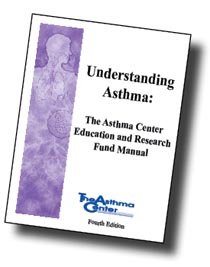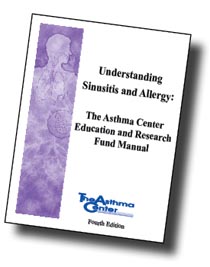Tracheobronchomalacia
Tracheobronchomalacia (TBM) is an uncommon disease of the central airways resulting from softening or damage of the cartilaginous structures of the airway walls in the trachea and bronchi. Since cartilage contributes to the stiffness and structure of the central airway and bronchi, its loss can result in a collapse of the central airway when breathing out during forced expiration. Although breathing tests may hint at this diagnosis it is not definitively diagnostic. Direct observation including bronchoscopy and dynamic radiographic tests can define TBM objectively.
TBM may be congenital in origin, perhaps related to underlying genetic defects. The adult form of TBM however is either acquired or of unknown origin. In adults TBM is more often seen in smokers with chronic irritation of the airway, particularly middle aged or older men with COPD.
Causes of TBM include: indwelling tracheotomy and endotracheal intubation with inflatable cuffs leading to damage of the airway wall; long term mechanical ventilation; closed chest trauma (tracheal fractures); and compression of the trachea or bronchia by masses such as tumors, thyroid masses, dilated aortic or pulmonary arteries. Chronic infections of the lungs such as tuberculosis, inflammatory diseases such as polychondritis, malignancies and congenital diseases such as Ehlers-Danlos syndrome also may cause TBM. Finally chronic irritation and coughing as occurring in asthma and COPD may weaken the tracheal bronchial wall and damage elastic fibers of the membranous portion of the wall contributing to excessive dynamic airway collapse.
Diagnosis: Individuals with TBM often complain of shortness of breath, coughing, wheezing, difficulty in clearing secretions and recurrent pulmonary infections. The cough often has a barking quality. Many of these individuals have exertional intolerance. Although these symptoms may be similar to asthma, they do not respond to corticosteroids or bronchodilators. Spirometry may reveal a unique pattern in the flow volume loop with a typical notching of the first portion of expiration. A more accurate study is a dynamic CT of the lungs revealing a greater than 50% reduction in airway caliber between inspiration and expiration. Examining the airway with flexile bronchoscopy while having the individual breathe deeply, cough and exhale can confirm the collapse of the central airway typical of TBM.



